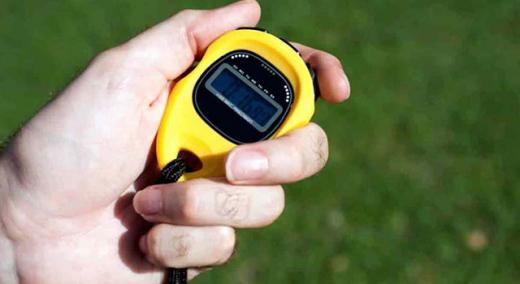We have been examining motion and moving without working, the footprint of the invisible enemy: missing information. Added up, motion—in all its thousand and perverse forms—can steal 10 percent to 30 percent of our usable workday. Its impact is huge. We know the cure: Replace recurrent questions with visual answers, and motion dissolves because information deficits disappear. Do this by implementing visual workplace technologies, and the gain is companywide.
|
ADVERTISEMENT |
To conquer motion, we need to understand it even better than we do now and go beyond the power of information deficits to trigger struggle in the guise of seemingly innocent interruptions. In this article, I widen our definition of motion so you gain insight into the more deeply hidden triggers of motion—those tied directly to the physical work environment—and a work location I call the “value field.”
• The wider definition of motion: Motion is anything you have to do or you are unable do your work—but it is not your work.
• An explanation of the term value field: The actual physical location where you do your work.
• And let’s also define “work,” so there’s no guessing. Work means: moving and adding value.
…

Add new comment